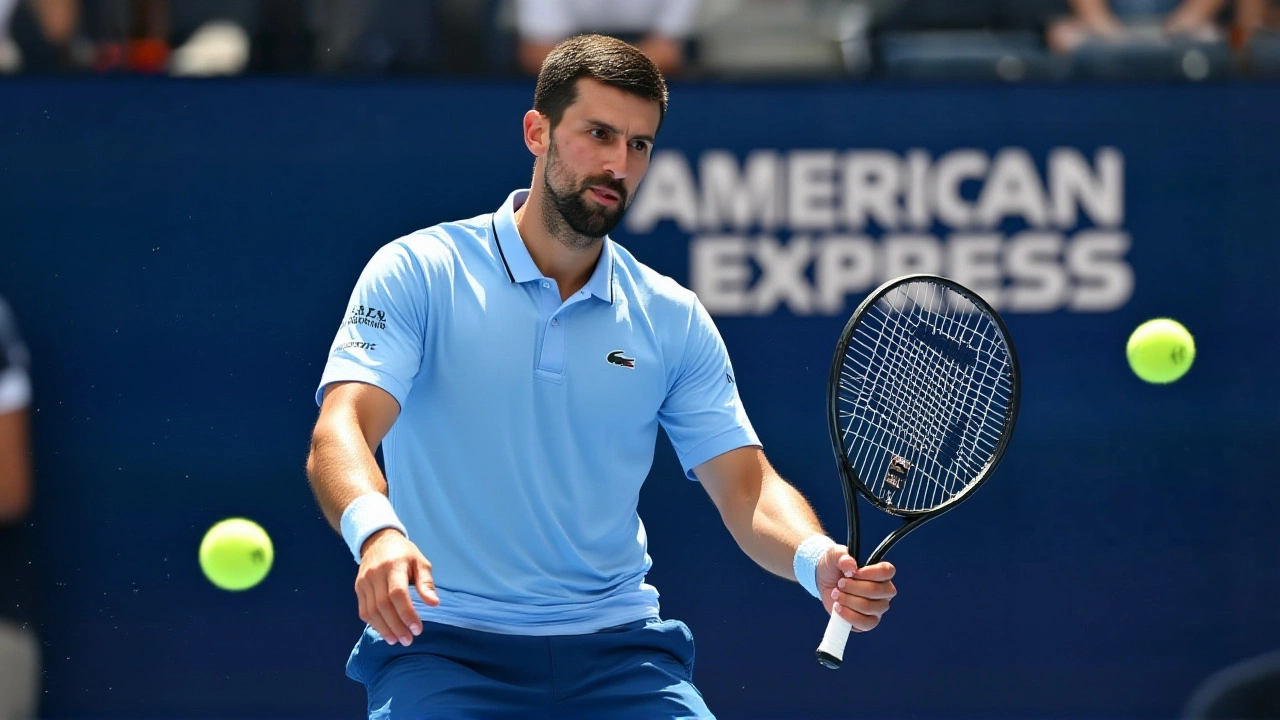US Open
When talking about US Open, the yearly tennis Grand Slam staged in New York City. Also called US Open Championships, it brings together the sport’s highest‑ranked athletes on hard‑court surfaces. This event sits inside the broader world of tennis, a racquet game with singles and doubles formats, and forms one of the four Grand Slam, the most prestigious tournaments in the sport. The venue, New York, specifically Flushing Meadows‑Corona Park, turns into a bustling hub each late summer.
The US Open’s schedule runs from late August into early September, a window that forces players to adapt quickly from the heat of the hard courts to the cooler evenings. Because the tournament is played on a medium‑fast acrylic surface, it favors aggressive baseliners and powerful servers. That’s why you’ll often see big‑hitters like Daniil Medvedev or Iga Świątek thrive here. The surface also influences ranking points – winning the US Open adds 2000 points, a massive boost that can swing year‑end rankings dramatically.
Beyond the on‑court action, the tournament is a cultural festival. Night sessions under the glowing lights draw crowds that treat the stadium like a concert venue. Food stalls serve everything from classic New York pretzels to international cuisine, reflecting the city’s diversity. This fan atmosphere has become a signature of the US Open, setting it apart from the more restrained Wimbledon or the clay‑dusty French Open.
History buffs love the US Open for its dramatic storylines. In 1995, Pete Sampras clinched his third consecutive title, cementing his dominance on hard courts. A decade later, Serena Williams completed a historic ‘Serena Slam’ by winning her fourth US Open in a row, showcasing unparalleled longevity. These moments illustrate how the tournament often serves as a career milestone, either launching a rising star or sealing a legend’s legacy.
Media coverage of the US Open has grown alongside technology. Live streaming, augmented‑reality stats, and multi‑camera angles let fans follow every point from anywhere. Broadcasters also highlight player analytics – serve speed, first‑serve percentages, and rally lengths – giving viewers a deeper understanding of why certain strategies succeed on this surface.
For aspiring players, the US Open provides a clear pathway through qualifying rounds. Young talent can earn a spot in the main draw by winning three qualifying matches, a feat that has propelled numerous future champions onto the world stage. This open‑door policy reinforces the tournament’s reputation as a merit‑based showcase where anyone with skill and determination can compete.
Economically, the US Open generates billions for the local economy. Hotels, transportation, and tourism see a spike each year, while sponsorship deals with brands like American Express and IBM fund prize money and player facilities. The financial clout also allows the event to invest in sustainability initiatives, from recycling programs to renewable energy usage at the grounds.
All these facets – the intense competition, the electric fan experience, the historic narratives, and the massive economic impact – combine to make the US Open a unique sporting phenomenon. Below you’ll find a curated collection of articles that dive deeper into player performances, memorable matches, ticket tips, and behind‑the‑scenes insights, giving you a front‑row seat to everything the tournament offers.

Novak Djokovic decries marijuana odor at 2025 US Open, Ruud protests
Novak Djokovic and Casper Ruud blasted the lingering marijuana odor at the 2025 US Open, highlighting player discomfort amid New York's new cannabis laws.